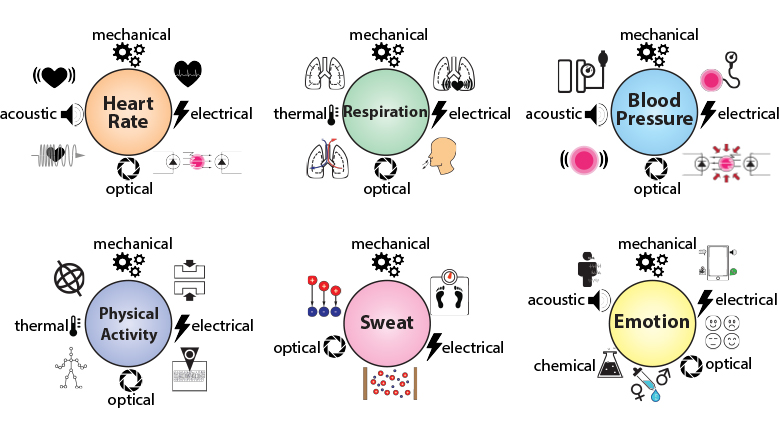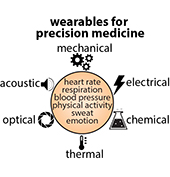
A key requirement for precision medicine is the ability to define clinically-relevant subgroups that enable improved patient management as well as the elucidation of disease mechanisms. The ability to define subgroups requires measurements with high information content and with a frequency that enables appropriate assessment of an individual’s health state trajectory. The emphasis of precision medicine has largely focused on molecular testing, particularly genomics and proteomics, which are inherently high information content but not usually measured at high frequency. Parameters associated with vital signs can provide high information content, but measurements are usually performed by a clinician and hence are generally low frequency. Wearable devices can enable high frequency, real-time measurements of vital signs and related parameters, providing a more granular insight into an individual’s health state trajectory. Measurements associated with activity and mobility are often assessed by questionnaires, timed walk tests, or gait speed tests. These measurements are also performed by clinicians, and hence are usually both low information content and low frequency. Wearable technologies can play an important role in advancing precision medicine by enabling high information content measurements at high frequency, especially in settings where measurements are operationally complex. In addition to vital signs and activity monitoring, wearable devices have the potential to contribute to high frequency measurement of emotional and cognitive health state. Although lagging behind physiological measurements, wearable devices also have potential for measurement of biomarkers in bodily fluids or breath. Key challenges in developing or adapting wearable technologies for medical applications are in establishing links to clinically-relevant parameters and/or outcomes, and in developing the associated data management and analytical tools. Here we review the challenges and opportunities for wearable devices in healthcare.

